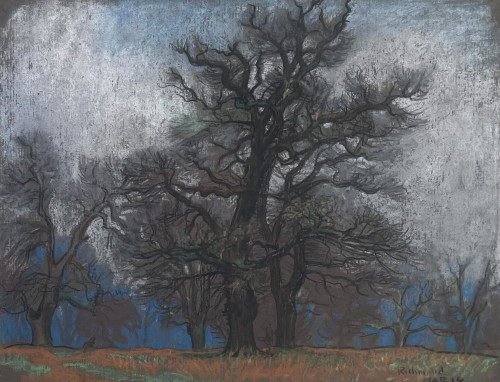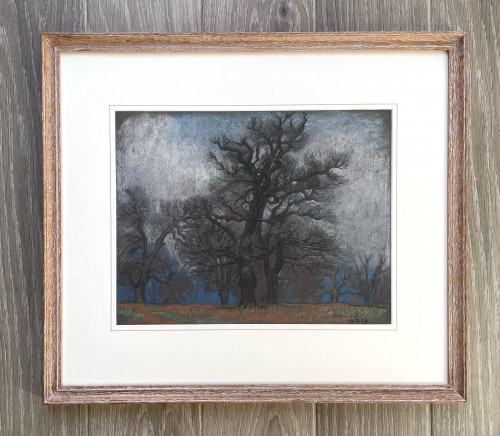- HOME
-
- View All Items
- New Arrivals
- Featured Items
- Artists
-
- View All
- Contemporary
- Birmingham School
- Cotswold Group
- Landscape
- Urban Townscape
- Abstract
- Animals/Birds
- Arts & Crafts
- British Impressionist
- Botanical
- Design/Industrial
- Fantasy/Fairy Subjects
- Female Artists
- Figurative
- Historical
- Illustration/Cartoon
- Marine
- Military/War Artist
- Modern British
- Pre-raphaelite/ Romantic/ Aesthetic
- Nude
- Portrait
- Prints
- Scottish
- Sculpture
- Sporting
- Still Life
- Theatrical
- Interiors/Architectural
-
ARCHIVE
Genre
- View All
- Contemporary
- Birmingham School
- Cotswold Group
- Landscape
- Urban Townscape
- Abstract
- Animals/Birds
- Arts & Crafts
- British Impressionist
- Botanical
- Design/Industrial
- Fantasy/Fairy Subjects
- Female Artists
- Figurative
- Historical
- Illustration/Cartoon
- Marine
- Military/War Artist
- Modern British
- Pre-raphaelite/ Romantic/ Aesthetic
- Nude
- Portrait
- Prints
- Scottish
- Sculpture
- Sporting
- Still Life
- Theatrical
- Interiors/Architectural
- ARTISTS
- Online Exhibitions
- Events
- About
- Contact
- Home
- Medium
- Watercolour & Drawing
- The End of a Perfect Day
The End of a Perfect Day
The End of a Perfect Day
LIONEL EDWARDS (1878-1966)
The End of a Perfect Day or ”“ The Return of the Cut ”˜em down Captains!
Signed with monogram; inscribed with title on the reverse Pencil and pen and ink
13.5 by 22 cm., 5 by 8 in. (frame size 30 by 38 cm., 11 by 15 in.)
Provenance: Capt M. Powell Lionel Edwards was born in Clifton, the son of a doctor.
He studied in London at the South Kensington Schools and later at the Heatherley School of Fine Art and Frank Calderon’s School of Animal Painting. He became one of the best known equestrian and sporting artists of the 20th Century. In 1905 he moved to Radley in Oxfordshire and later to Worcestershire. During the Great War he volunteered as a Remount Purchasing Officer along with his contemporaries, Cecil Aldin and Sir Alfred Munnings. Working his oil and watercolour, many of his pictures were worked from his many sketches made on the spot. He also worked as an illustrator for many publications such as The Graphic and Bystander and wrote and illustrated a great number of books. He was fortunate to be able to combine his painting with his passion for fox hunting, hunting with almost every pack in the country. The present work bears the stamp for the Bystander magazine on the reverse and may have been used as an illustration. The magazine ran until 1940 when it combined with The Tatler.
Dimensions:
Thank you for your enquiry.
We will get back to you soon.
Please create wishlist to add this item to
RELATED ITEMS
















